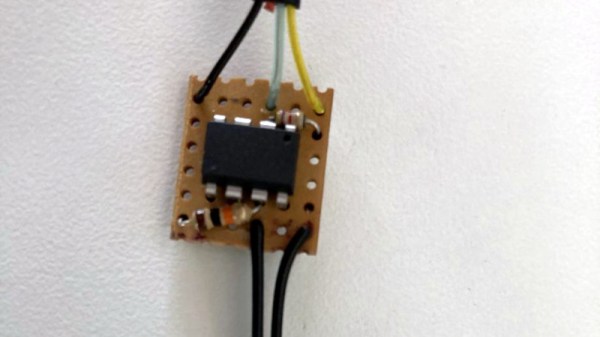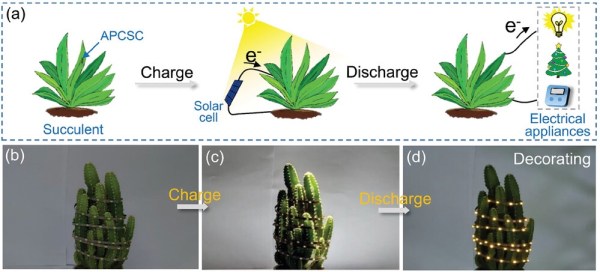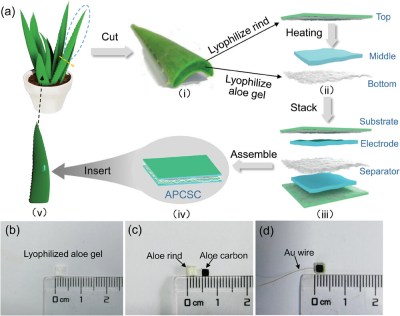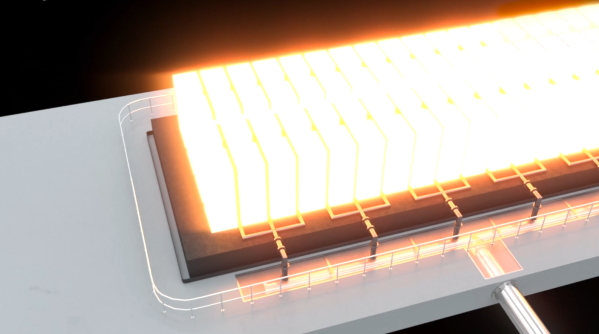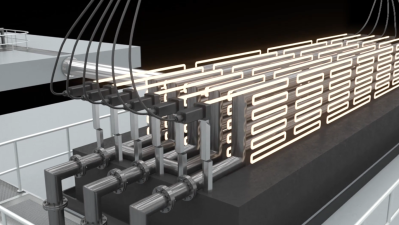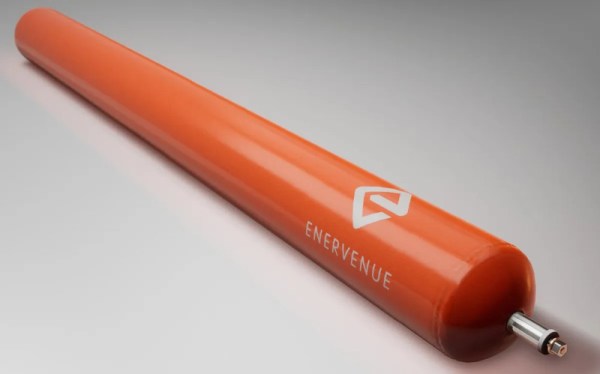Although most people are probably familiar with the different energy levels that the electron shells of atoms can be in and how electrons shedding excess energy as they return to a lower state emit for example photons, the protons and neutrons in atomic nuclei can also occupy an excited state. This nuclear isomer (metastable) state is a big part of radioactive decay chains, but can also be induced externally. The trick lies in hitting the right excitation wavelength and being able to detect the nuclear transition, something which researchers at the Technical University of Wien have now demonstrated for thorium-229.
The findings by [J.Tiedau] and colleagues were published in Physical Review Letters, describing the use of a vacuum-ultraviolet (VUV) laser setup to excite Th-229 into an isomer state. This isotope was chosen for its low-energy isomeric state, with the atoms embedded in a CaF2 crystal lattice. By trying out various laser wavelengths and scanning for the signature of the decay event they eventually detected the signal, which raises the possibility of using this method for applications like new generations of much more precise atomic clocks. It also provides useful insights into nuclear isomers as it pertains to tantalizing applications like high-density energy storage.
Continue reading “Poking Atomic Nuclei With Lasers For Atomic Clocks And Energy Storage”


